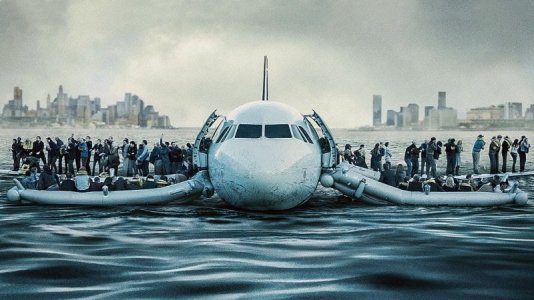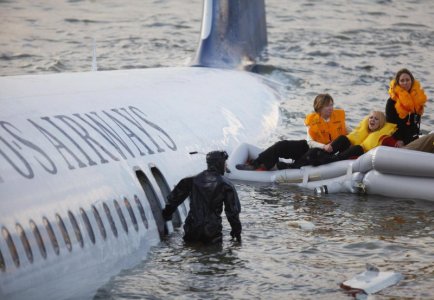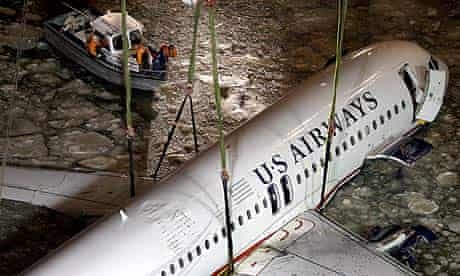It was near the end of my career and on a clear Wednesday afternoon in Miami when we were preparing to land. We were given permission and given our runway number for landing, which matched what we had on our flight plan, so there would be no runway change. Pilots hate it when their runway is changed from what was given to them in their flight plan.
We were in our final approach and at about 2500 feet. The controller tells us that our gate is blocked by another United plane and maintenance is doing a tire change. They were being told that it would still be about 15 minutes before the plane would be ready for pushback. I asked for a parking spot on the tarmac, but the controller said he wasn't able to provide one at that time, so I asked him what are we suppose to do. He asked me how much fuel I had remaining. I lied and told him maybe about 20-30 minutes, which we did have about an hour remaining. The controller became quiet. I thought he was asking me how much fuel I had because he was going to put me in a holding pattern, which is never a good thing and that is why I told him it was less than what we did have.
A minute or so later, I asked if I could get another gate. Again, he says no, all gates are either full or will be shortly. I asked again, what were we supposed to do. He asks me what do you want to do. I told him that I wanted to land. He tells me OK, land. I ask him, then what. He tells me that he will have a plan for me when I land. I ask for vectors to the outer marker and now we are back into our landing sequence. Just as we are touching down, the controller tells us to exit at Taxiway Delta (D) and proceed to Taxiway Foxtrot (F) that is not being used and park. OK, so now we sit for almost a half hour, burning fuel and with passengers busting at the seams to deplane. This is what our life (as part of a flight crew) is like sometimes.
I'm not sure of the depth myself, but with it being a river (Hudson River), I would guess it to be less than 50 feet.
I thought he did an excellent job of landing (ditching) his plane in the Hudson. The irony is that I can remember reading an article in our pilot's magazine that Sully had written about water landings. He was considered an expert in this field. I also went to see the movie and even though it did have some Hollywood propaganda crap in it, I thought it was well done. Sully got all the honors that he was worthy to receive.
I also want add that pilots who often fly over large bodies of water will practice ditching while in a simulator. Unlike landing in a river, landing in an ocean is a much greater challenge due to the waves and tides. Often, the plane will be either rolled or tossed on its side. Either movement will cause the plane to possibly tear apart or perhaps tear a hole in the side. Landing in a river is more predictable and is more controllable, but landing in an ocean, well, it may be lights out.






